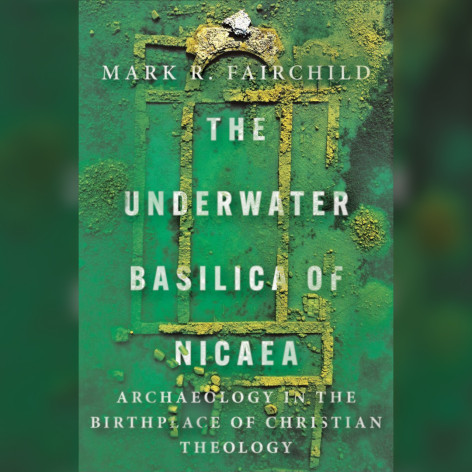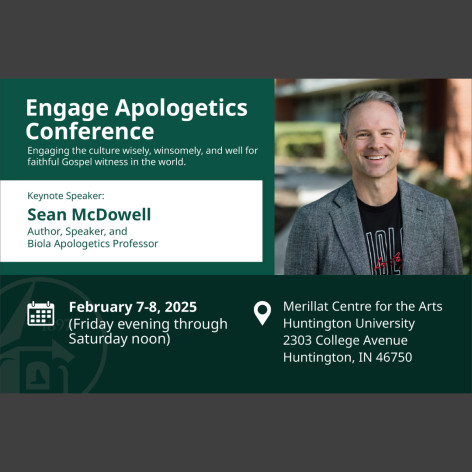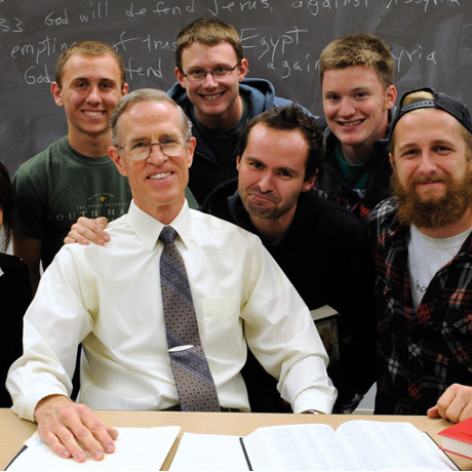Sunken Church in Turkey Rises to Archaeological Fame

In 2014, aerial photographs of a lake in Iznik, Turkey, revealed the structure of a sunken, ancient basilica approximately 165 feet offshore. Professor Mustafa Sahin, professor of archeology at Uludag University in Bursa, became head of the excavation project to learn more about the basilica and its history. In October 2018, Sahin published the details of this discovery in an article he co-authored with a Huntington University ancient church scholar – Dr. Mark Fairchild, professor of Bible and religion.
Dr. Fairchild heard of the basilica in 2015, and he had the opportunity to visit the site in 2016 on one of his semiannual trips to Turkey. While he left the tricky underwater excavation to the team already assembled, he met with Prof. Sahin to learn more about the project.
A short time later, archaelologists decided the basilica was an ancient church that had sunken into the waters during an earthquake. That, however, proved to only be the beginning of the story.
From early on in the excavation, the location of the site intrigued Prof. Sahin and Dr. Fairchild. Only 350 feet south of the palace of the Roman Emperor Constantine, the location fit the descriptions of a “place of worship” where what would later be known as the Council of Nicaea first met.
The Council of Nicaea in AD 325 was the Christian church’s first attempt to reach an official consensus on a matter of theological doctrine. Constantine called the meeting of over 300 church leaders to determine the church’s stance on Arianism, a sect of Christianity which claimed Jesus was a created being. After perhaps three months of debate, the attendees agreed that Jesus had always existed with God the Father and was not created. They signed the Nicaean Creed, a statement of their beliefs that has influenced some of the creeds Christians recite today.
Before they reached a consensus, the church leaders began their debate in a small church in Iznik (ancient Nicaea).
“One of the attendees, the church historian Eusebius,” said Dr. Fairchild, “remarked that the council first met in a ‘place of worship’ into which all of the people squeezed.”
Some historians claim that the council always met in Constantine’s summer palace at Nicaea, but Dr. Fairchild believes differently.
“Eusebius’ account makes it fairly clear that the council first met in a church and later met in the more spacious palace of Constantine.”
Although the stone layer of the sunken church is newer than the Council of Nicaea, archaeologists have discovered the wooden remains of an even older church underneath that would have been built sometime shortly after the Edict of Milan granted Christians the right to worship without persecution in AD 313. The evidence was aligning nicely with historic accounts.
“When I talked with Mustafa,” said Dr. Fairchild, “I asked him if he had given any thought about this being the place where the Council of Nicaea met. When we examined the evidence, we concluded that this quite probably was the church mentioned by Eusebius.”
Since their first meeting in 2016, Dr. Fairchild and Prof. Sahin have worked together to coauthor an article explaining the details of the church site. The article will appear in the Biblical Archaeology Review in October. Dr. Fairchild has returned to the church site several times and will continue to visit this piece of Christian history.



